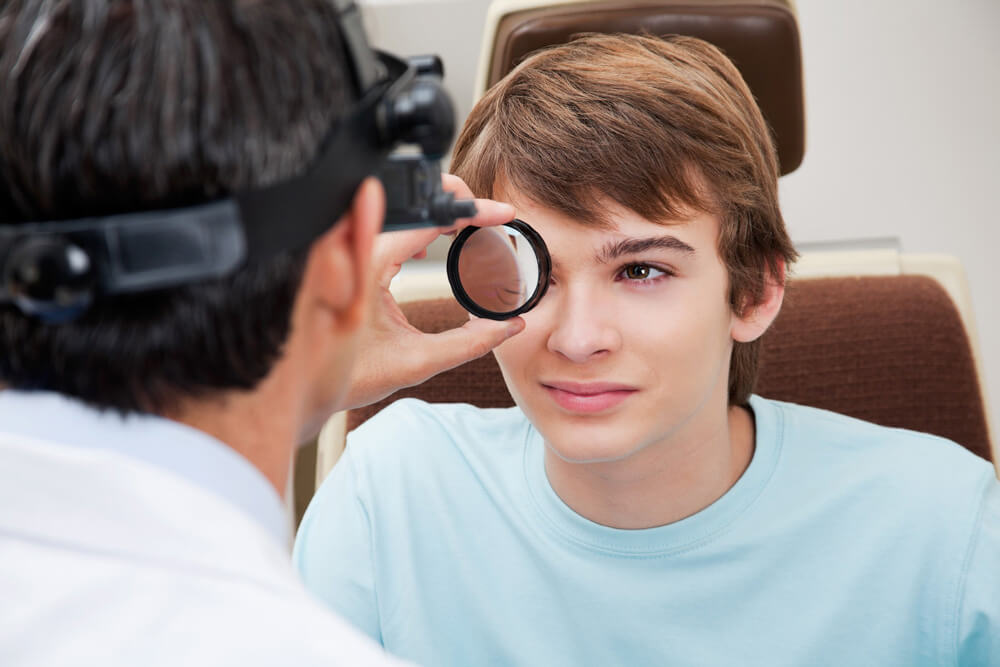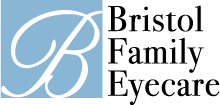What is Myopia,
and How Do We Treat It?

What is Myopia,
and How Do We Treat It?
Fortunately, myopia is generally very treatable, and we’re dedicated to helping our patients overcome the challenges associated with it. With advanced diagnostic equipment and treatment options, we handle myopia in patients of all ages, halting or slowing its progression.
What is Myopia, and What Causes It?
Myopia is one of a group of “refractive issues” that occur based on the eye’s shape. When the cornea, the front layer of the eye, is elongated or curved too steeply, it causes light to focus in front of the retina instead of directly on it. As a result, distant objects appear out of focus.
Despite how common myopia is, it can be difficult to detect in some cases, especially in younger children who might not understand or be able to communicate that they can’t see well.
How Do I Know if I Need Treatment for Nearsightedness?
If you notice yourself squinting, experiencing frequent headaches, or getting very close to things (such as screens) to see them, that may be due to myopia. Children in school have even been known to position themselves closer to things they have difficulty seeing in the classroom.
If not addressed in a timely way, especially in children, myopia may continue to progress. This can increase the cost of eyewear in the future, make vision correction procedures like LASIK more expensive, and even put them at risk for vision loss from eye diseases like retinal detachment, myopic macular degeneration, and glaucoma.

Treating Myopia
There are several different ways that myopia can be treated, and many patients experience a greater quality of life after implementing them. If we start when patients are younger, they’re more likely to see success in correcting or controlling the condition. At Bristol Family Eyecare, we offer some of the most advanced and effective solutions in the industry such as soft contact lenses, atropine, and CRT/Ortho-K.
Medicated Eye Drops
Specialized atropine drops can serve to slow the progression of nearsightedness in children. Your eye doctor will prescribe the drops to be used just before bedtime. Though the child will still need to use their glasses throughout the day, this helps prevent their vision prescription from worsening as their eyes develop.
Orthokeratology
Orthokeratology, better known as “Ortho-K” or “CRT,” is a solution for myopia patients that involves wearing a pair of specialty contact lenses overnight. This gently reshapes the cornea to improve vision over the course of the day, reducing reliance on corrective eyewear. Ortho-K/CRT has also been shown to reduce the amount of myopia developed by 50-60%.
Eyeglasses and Contact Lenses
The most common and well-known answer for nearsightedness is corrective lenses. During a comprehensive eye exam with your eye doctor, they’ll generate a vision prescription for you that shows precisely how much refractive correction your eyes need.
Regardless of whether you choose glasses or contact lenses, you may want multifocal lenses if you have severe nearsightedness. Though standard contacts can help you see more clearly, a multifocal can actually “train” your eye to focus better and slow the progression of myopia. Your eye doctor and optician will be able to help you find lenses that work best for your needs and lifestyle.
Myopia Control Near Austin, TX
If you’re concerned about myopia in yourself or a loved one, we’d love to help you find the right solution. Contact Bristol Family Eyecare today to schedule an appointment!
